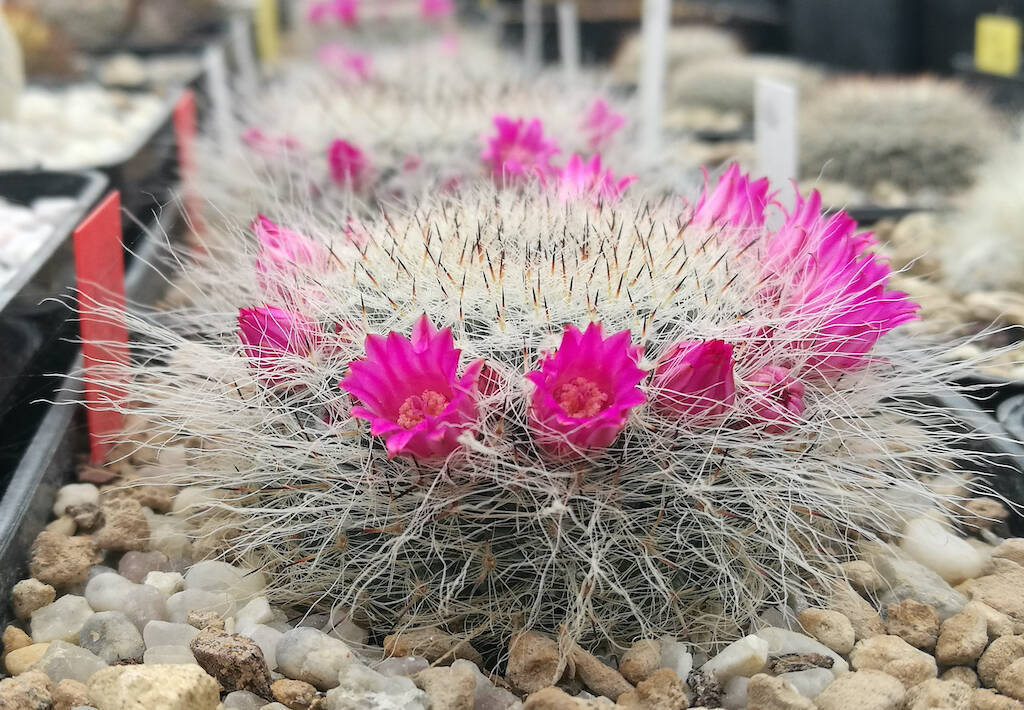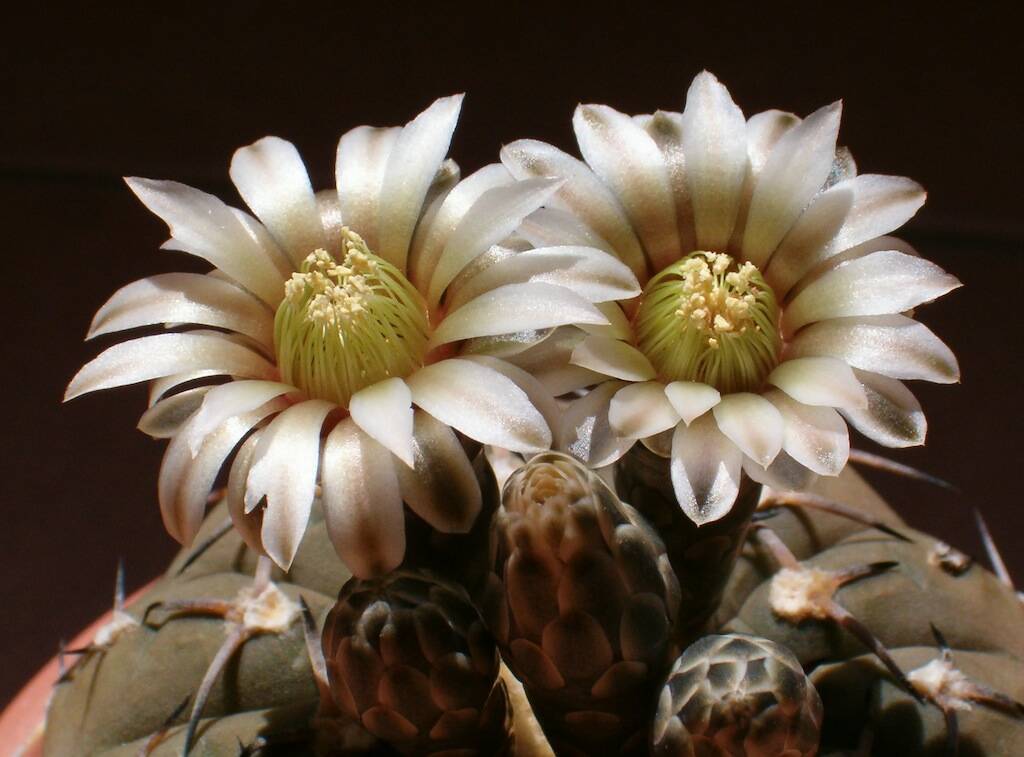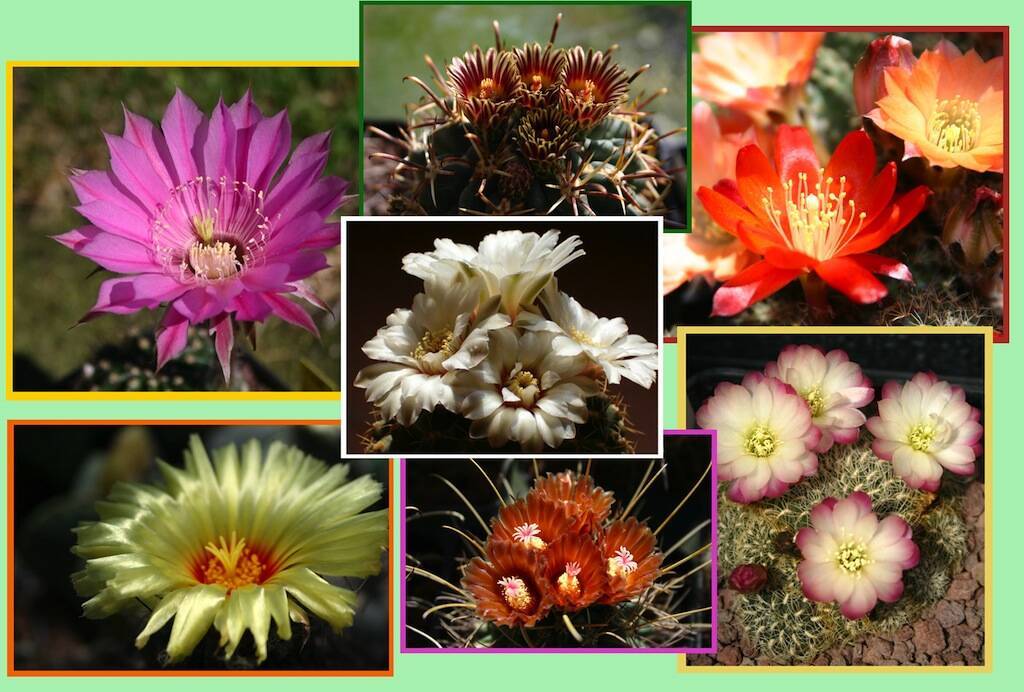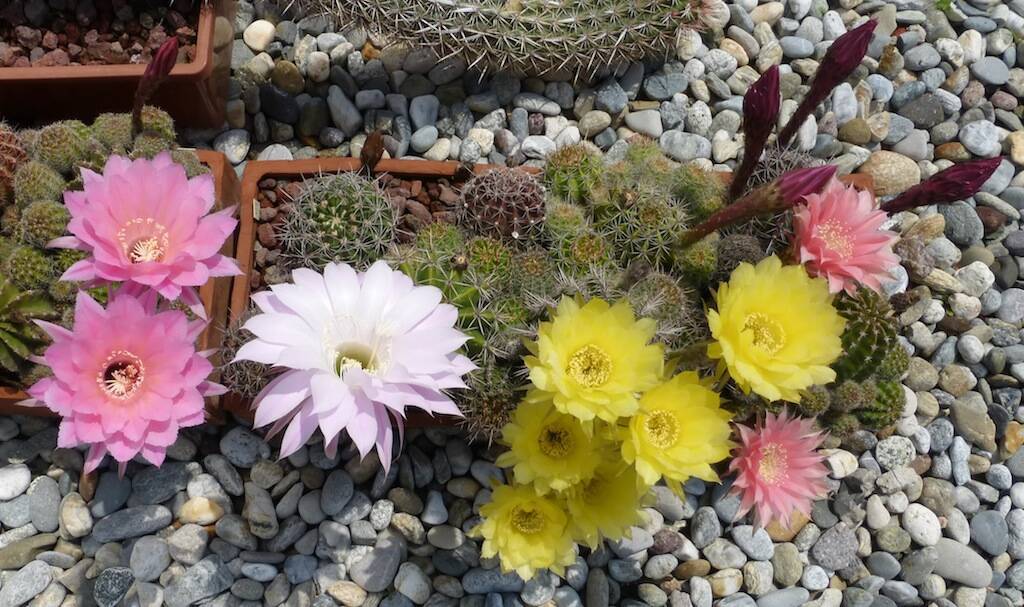How to get cactus to bloom is one of the most frequently asked questions among succulent plant enthusiasts. Here are the precautions to take to make our cacti flourish.
Colourful, flashy, ephemeral. Cactus blooms are sudden bursts of energy. Often the buds develop in a few days to open within few hours, amazing the newcomers to the cultivation of these plants and, above all, those who are not familiar with succulents. In these last few years, I have noticed that there is a lot of misinformation about cacti, in particular about their blooms. Those who do not cultivate these plants can even be surprised that they can bloom, no more or less than the specimens of all the other plant families, forgetting that the flower is the basis of the reproduction of almost all plants. Others are impressed to learn that even cacti can bloom in abundance and several times during the growing season, thinking perhaps that the flowering of a cactus is an exceptional event, almost unique. Nothing could be more wrong: all the cacti regularly bloom, and if there are relatively stingy species, that can produce few flowers for limited periods during the year, there are also really generous species, able to give blooms several times for entire months (for example Echinopsis, Astrophytum, Strombocactus, Gymnocalycium, Trichocereus).
In the following article we see in detail how to make cacti and succulent plants bloom abundantly. (…)
Continue reading “How to make cactus and succulent plants bloom: what you need to know and what tricks to use”






